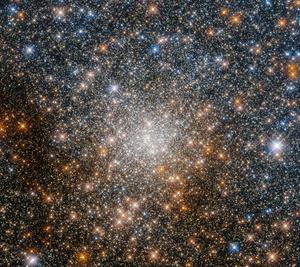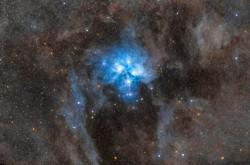Glossary term: 星团
Description: 星团是在引力作用下结合在一起的恒星或星系群。
Related Terms:
See this term in other languages
Term and definition status: The original definition of this term in English have been approved by a research astronomer and a teacher The translation of this term and its definition is still awaiting approval
The OAE Multilingual Glossary is a project of the IAU Office of Astronomy for Education (OAE) in collaboration with the IAU Office of Astronomy Outreach (OAO). The terms and definitions were chosen, written and reviewed by a collective effort from the OAE, the OAE Centers and Nodes, the OAE National Astronomy Education Coordinators (NAECs) and other volunteers. You can find a full list of credits here. All glossary terms and their definitions are released under a Creative Commons CC BY-4.0 license and should be credited to "IAU OAE".
If you notice a factual or translation error in this glossary term or definition then please get in touch.
Related Media
天炉座星系团
Credit: 欧洲南方天文台。致谢:阿涅洛·格拉多和 卢卡·利马托拉 credit link
License: CC-BY-4.0 Creative Commons 署名 4.0 国际 (CC BY 4.0) icons
银河系中心附近球状星团中的恒星
Credit: 欧空局/哈勃和美国国家航空航天局,R. Cohen credit link
License: PD Public Domain icons
M45昴星团与壮丽的尘埃
Credit: Mohamed Usama/IAU OAE
License: CC-BY-4.0 Creative Commons 署名 4.0 国际 (CC BY 4.0) icons











